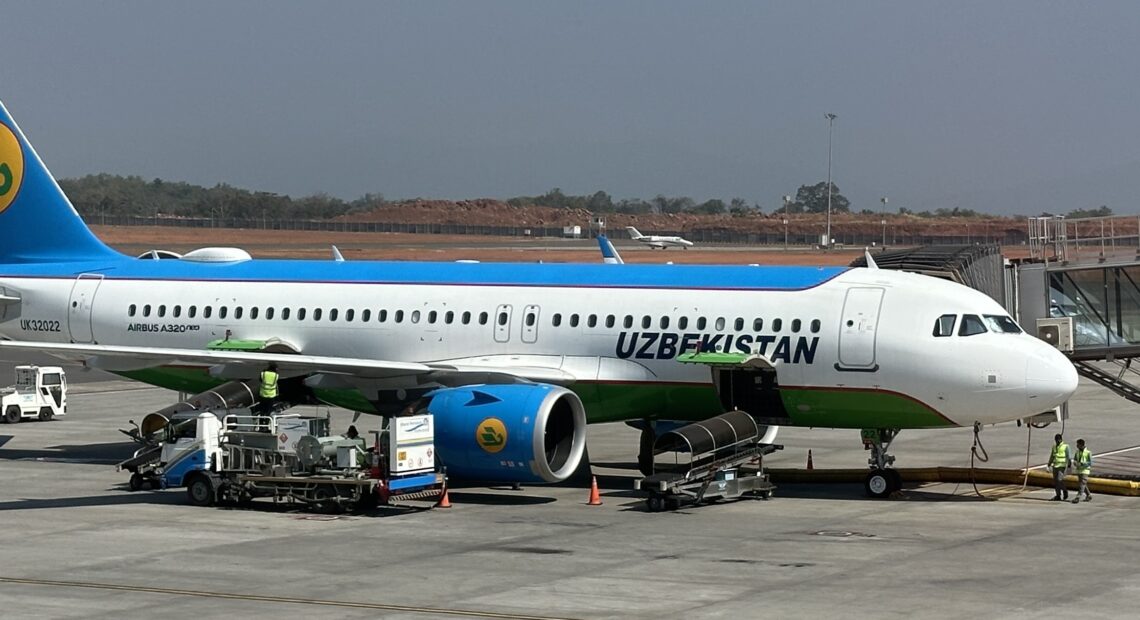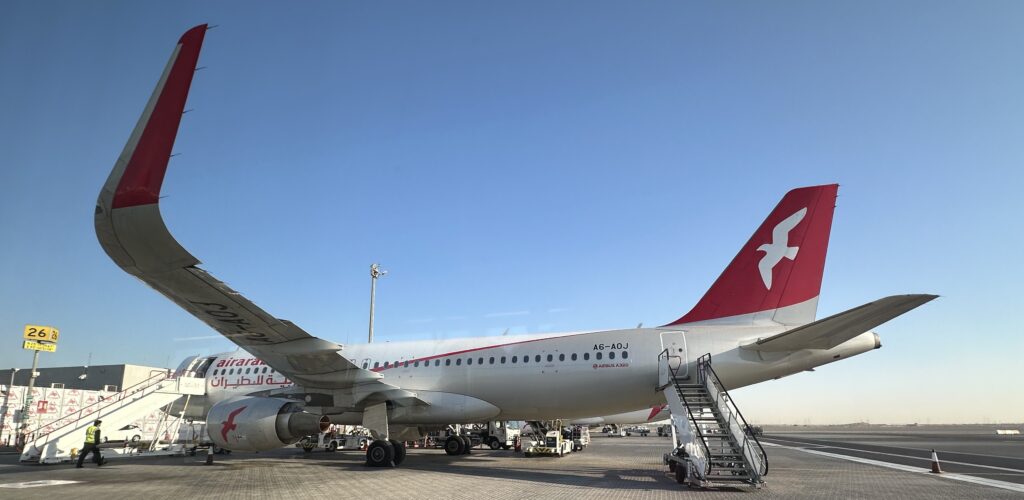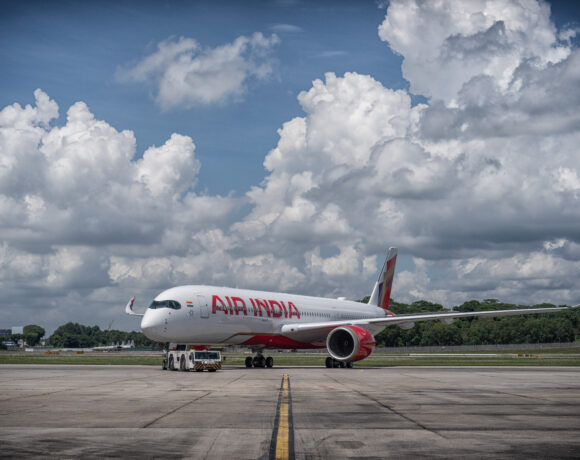How do airlines calculate flight prices?

What tips the scales?
The cost of a flight is influenced by a wide variety of factors, ranging from route popularity to the type of aircraft you fly on. Understanding how airlines determine ticket prices can be key to securing a bargain and maximising the value of your travel. So, what exactly impacts flight prices, and how can savvy travellers take advantage of this knowledge?
Key factors that impact flight prices
Airlines evaluate multiple factors when deciding how to price flights. The most significant ones include route popularity, seasonality, and competition. Specific routes tend to be more expensive simply due to higher demand. For example, flights to holiday destinations or business hubs during peak travel often see higher prices because more passengers are looking for tickets on these routes.
Seasonality also plays a crucial role in determining prices. As is well known, flights during peak seasons—such as the summer holidays, Christmas, and school breaks—typically cost more. During these times, airlines expect higher demand, which leads to increased fares. However, ticket prices tend to drop outside peak seasons, especially in off-peak months such as winter.
Competition is another key element in the pricing equation. The prices may become more competitive if multiple airlines fly to the same destination. Conversely, if one airline monopolises a specific route, ticket prices might be higher due to the lack of alternatives.
Fuel costs are another essential consideration. As one of the most significant operating expenses for airlines, fluctuations in fuel prices can directly impact the price of flight tickets. Airlines may pass on those increases to passengers by charging higher fares if fuel costs rise.
Other factors also contribute to the overall price. The type of aircraft being used, additional services such as baggage fees, seat selection, and even the class of service you choose—economy, business, or first class—are all variables that can influence the final ticket price.
Top tip for finding discounts
If you want to save money on your next flight, consider booking on a Tuesday morning. Many airlines release discounts on Monday night, meaning booking early on Tuesday could save up to 25% on your ticket.

Skyscanner’s tips for bagging a bargain
Naomi Hahn, Skyscanner’s VP of Strategy, offers helpful travel hacks for those looking to find the best deals:
- Set up dynamic price alerts: Skyscanner’s price alert tool allows you to track changes in ticket prices. By marking a flight you’re interested in, you’ll be notified when prices drop, giving you an advantage over other travellers.
- Fly on less popular days: Flight prices are susceptible to demand. Skyscanner’s ‘whole month’ search tool helps you identify cheaper flights by showing all available fares for a particular month. Consider shifting your travel dates by a day or two to find better deals.
- Keep an open mind: Why not explore new places instead of sticking to your usual destination? Searching for flights to ‘Everywhere’ can offer various options based on your travel dates and preferences—all ranked by price.
- Mix and match airlines: To save even more, consider flying with different airlines on your outbound and return flights. Not booking a round-trip ticket could result in lower fares and more flexible options.
How are flight prices calculated?
Distance and demand are the two main factors determining flight ticket prices. Airlines use a dynamic pricing model, adjusting prices based on these variables. When demand is low, airlines lower their prices to encourage sales, and when demand is high, they raise prices to capitalise on the interest. This is why you may notice prices rising as a flight fills up. Airlines manage this by creating price “buckets” for seats. As one bucket fills, the next more expensive one becomes available.
Does seasonality significantly affect flight prices?
Absolutely. Airlines rely heavily on seasonal trends when setting prices. Peak periods such as school holidays, Easter, summer breaks, and the Christmas/New Year season typically see increased demand and higher ticket prices. However, flights during off-peak periods like winter (excluding the holidays) are cheaper. Booking at least four weeks in advance is recommended for the best deals.
What Is the cheapest day to book a flight?
If you want to snag the best price, aim to book your flight on a Tuesday. Based on historical data, airlines tend to release discounts on Monday nights, meaning that by booking on Tuesday morning, you could save anywhere between 15% and 25%.
Why do flight prices go up and down?
Flight prices are highly dynamic, reflecting changes in demand, sales figures, and other external factors. Much like stock prices, flight costs fluctuate based on supply and demand. Contrary to popular belief, repeatedly refreshing a flight search doesn’t cause prices to rise; instead, changes in price result from sales numbers as airlines aim to fill their seats.
Understanding the factors that affect flight prices can help you make smarter decisions when booking your next holiday or business trip. Monitoring price changes and using tools like Skyscanner’s alerts can improve your chances of finding a great deal.
Image: Distance and demand are the main factors determining flight ticket prices. Credit: Arnold Pinto













